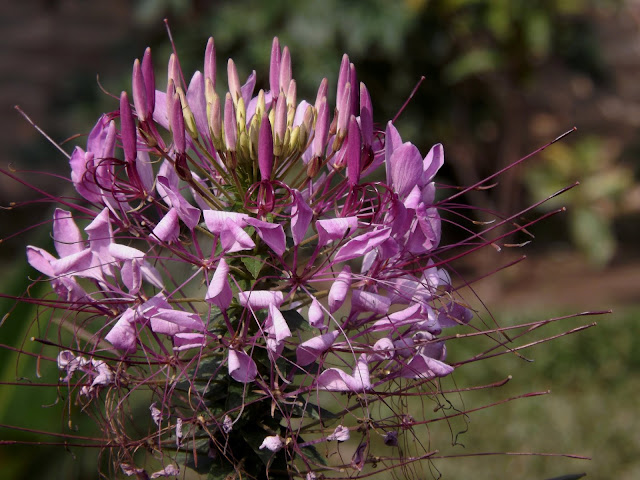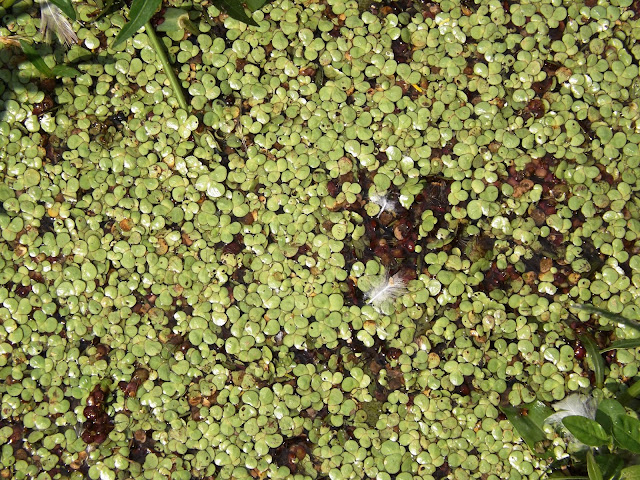Beguni hurhuri or Spider flower, Cleome houtteana

Beguni hurhuri or Spider flower ( Cleome houtteana, family: Capparaceae) is a perennial herb with glandular and sticky stem and few branches, attaining a height of 1.5 m. It is cultivated in gardens for decorative flowers. The erect plant is found abundantly in fallow lands of Sylhet. It is originated in tropical America. Other names: Hurhuri, Swiss phul, Jhorna phul; Spider plant (Eng). Leaves are palmately compound; leaflets 5-7, lanceolate to elliptic-lanceolate, Middle one is about 5 cm long, long petioled, about 6 cm, having a pair of short spine-like stipules at base. Flowers are bright violet, racemes, terminal inflorescence, 30-40 cm long. Sepals 4, petals 4. Flowering occurs in winter. Fruit is capsule, elongated-cyllindrical, 5-9 cm long, many seeded. The plant is propagated by seeds. Leaves are used in insect poisoning and seeds in stomach disorder and intestinal worm. Synonyms: Cleome spinosa, Cleome pungens, Cleome hasslerana


